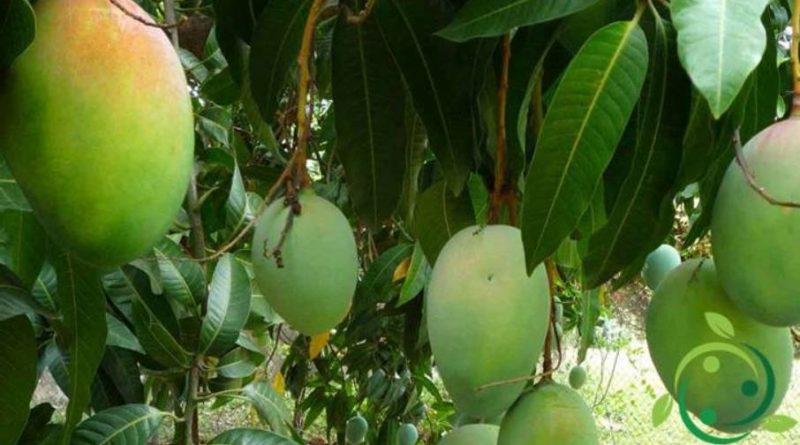How to grow mango in a biological way
How to grow mango in a biological way
In order to grow the mango (Mangifera indica L., 1753) it is good to know that its cultivation, in Italy, can be successfully implemented in areas where temperatures never drop below freezing (better if they do not fall below 5-7 ° C), not subject to winds from the north wind, quite sunny and in any case in the most southern (and especially island) areas. In fact, late frosts are particularly deleterious.
The soil where mango planting must be deep (to allow a good growth of the root system), on average loose and well drained; while the water requirement, from March to April (depending on the season) is increasing until the summer (frequency of about 8-10 days), so the irrigation shifts should not allow the suffering of the plant that affects on the size of the fruits.
For planting you can start from seeds, layering or grafting. However, in order to have a uniformity of cultivation (for production purposes) we advise you to start directly from grafted and certified plants, as both seed and layering have various problems ranging from genetic variability of plants to difficulties in engrafting. However, the growth from seed, for personal crops is quite fast and easy (it is important that the starting fruit is ripe and has not undergone treatments). In this case, after carefully opening the core from the side opposite to the most arched one, using a sharp knife and trying not to damage the seed, the embryo is easily removed. The removal of the kernel from the embryo speeds up the development of the plant and prevents the roots from twisting inside the seed. At this point, the seed can be planted in the culture bed by laying it on its side, on a fairly solid seedbed and covering the seed with one to two centimeters of earth (the external temperature must be between 20 and 30 degrees). Both for the cutting and for the layering consider that the mango roots with difficulty and in the end there will not be a good root system. For the grafting it can be operated both crown and split.
For the fertilization it is recommended (if you want to grow in organic) the winter one, with well-mature manure, brought to the plant and then mixed in order to integrate with the ground. This will result in a better and uniform humidity and a gradual release of all the nutritive elements (and a greater resistance of the plant to pests and fungi.
As far as pests and diseases are concerned, mango is very sensitive to thermal changes that are not only the main enemies of mango but can be the trigger for fungal diseases. Aphids and mealybugs can infest the mango at the end of winter – early spring; however, these are effectively counterable with water and hot peppers left to macerate for a couple of days. Also the neem oil can be used for this purpose. All these treatments should however be avoided in the presence of blooms.

